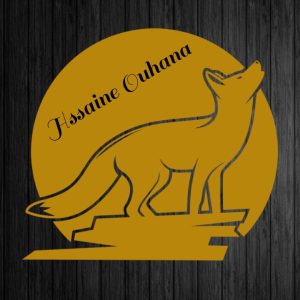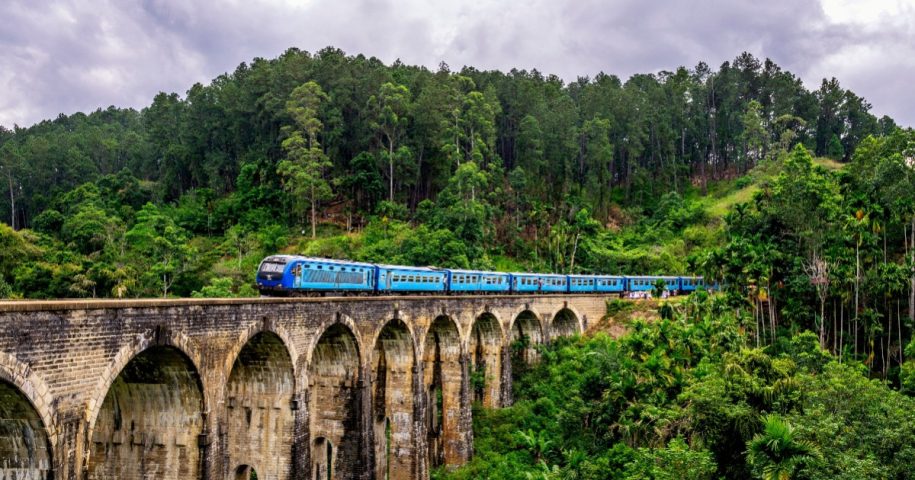Sinhala, the official language of Sri Lanka, is spoken by the majority of the population, which is predominantly Sinhalese. It is an Indo-Aryan language and is believed to have originated in the 6th century BC. Sinhala is written in the Sinhala script, which is derived from the ancient Brahmi script.
Tamil is another sign language spoken in Sri Lanka. It is primarily spoken by the Tamil community, which is concentrated in the northern and eastern parts of the country. Tamil is a Dravidian language and has a long history in Sri Lanka, dating back to the 3rd century BC. Tamil is written in the Tamil script, which is similar to the script used in South India.
English is also widely spoken in Sri Lanka, particularly among the educated population. English was introduced to Sri Lanka during the colonial period when Sri Lanka was under British rule. Today, English is used in education, business, and government.
In addition to these three languages, there are several other languages spoken in Sri Lanka, including Malay, Portuguese, and Dutch. These languages are spoken by small communities of people who have ancestral ties to these countries.
The language situation in Sri Lanka has been a source of tension and conflict in the past. The Tamil community has long felt marginalized and discriminated against, and language has been one of the key issues in the ongoing ethnic conflict. In 1956, the government of Sri Lanka made Sinhala the sole official language, which led to protests and violence from the Tamil community. In 1987, the government of Sri Lanka signed the Indo-Sri Lanka Accord, which recognized Tamil as an official language and granted some autonomy to the Tamil-speaking regions.
Despite these challenges, the people of Sri Lanka continue to celebrate their diverse linguistic and cultural heritage. The country is home to numerous festivals and cultural events that showcase the different languages, traditions, and customs of its people. The Sri Lankan government has also taken steps to promote and preserve the country’s linguistic and cultural diversity, including the establishment of language schools and cultural centers.
In conclusion, language is an essential aspect of Sri Lanka’s rich cultural heritage. Sinhala, Tamil, and English are the primary languages spoken in the country, and they reflect the complex history and diversity of its people. While language has been a source of tension and conflict in the past, the people of Sri Lanka continue to celebrate and cherish their linguistic and cultural diversity.


Leave a Reply